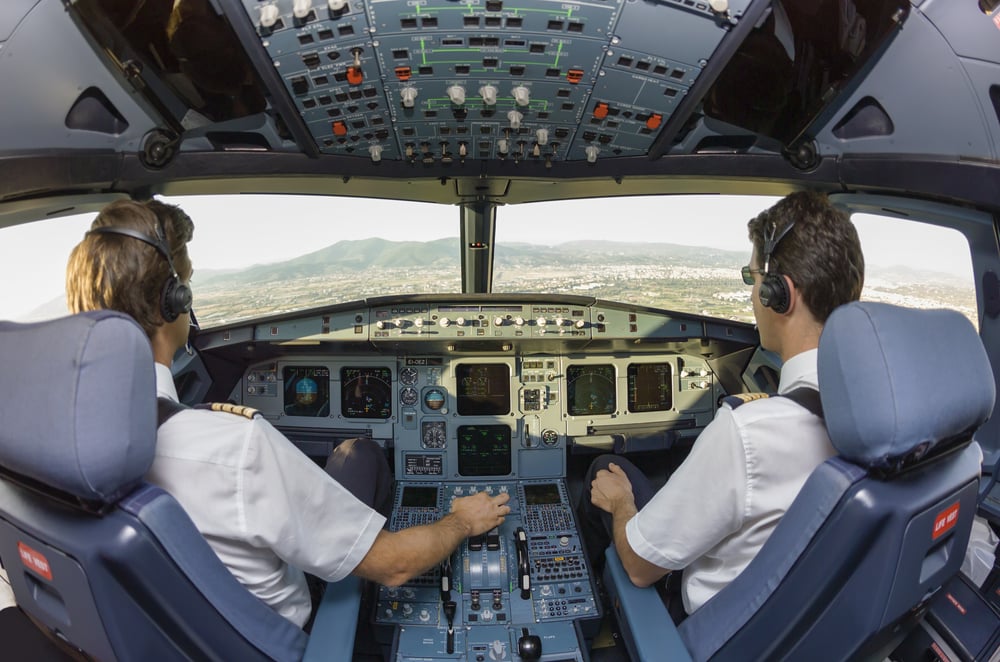In the aviation industry, the Sterile Cockpit Rule is a protocol that strictly requires the crew to discuss matters pertinent to the safety and operation of the flight, but why was such a rule was imposed in the first place?
The Sterile Cockpit Rule was imposed by the Federal Aviation Administration or FAA back in 1981 following a study. This was implemented to cut down on pilot distractions during crucial phases of flight.
What is the Sterile Cockpit Rule?
The sterile flight deck rule or sterile cockpit rule is a standard operating procedure in aviation that strictly imposes activities related to the safe operation of the aircraft that may be discussed by the flight crew during critical phases of flight. This is generally below 10,000 feet, and all non-essential activities in the cockpit are prohibited. The rule was imposed in the United States by the Federal Aviation Administration (FAA) in 1981, following a review of a series of accidents caused by flight crews during necessary flight periods. They were diverted from their flying duties by participating in non-essential conversations and activities.
Eastern Air Lines Flight 212, which crashed just short of the runway at Charlotte-Douglas International Airport in 1974 while conducting an instrument approach in dense fog, is an example of one such accident. The National Transportation Safety Board (NTSB) determined that a lack of altitude awareness due to distraction from idle chatter among the flight crew during the approach phase of the flight was a likely cause of the accident.
Pilots had little time to think about non-essential activities in the early flying days. The wind and engine noise in a slipstream-blasted open cockpit nearly drowned out regular discussions, so flying took constant attention. The effort required to fly the beam, which means navigating a course determined by the intersection of ground-based radio signals by straining to listen through a headset to a scratchy audio stream in the early years of instrument flying, also forced pilots to concentrate on flying duties during instrument meteorological conditions.
This particular rule is legally applicable only to Part 121 Scheduled Air Carriers and Part 135 Commercial Operators of the US Federal Aviation Regulations (FAR), and not to Part 91. non-commercial general aviation. (Source: Airline Safety)
Do Flight Attendants Also Need to Adhere to the Said Rule?
Flight attendants must also follow the sterile flight deck rule. However, they may be hesitant to call the flight deck while the rule is in effect, even in an emergency.
In one scenario, because the aircraft was under sterile cockpit conditions, the flight attendant at the door stated that she did not consider calling the cockpit when she heard the sound of the door leaking before it separated.
The hesitancy or reluctance of a flight attendant to contact flight crewmembers with important safety information due to a misunderstanding of the sterile cockpit rule is potentially even more severe than the unnecessary distraction caused by needless sterile cockpit rule violations. (Source: Airline Safety)
